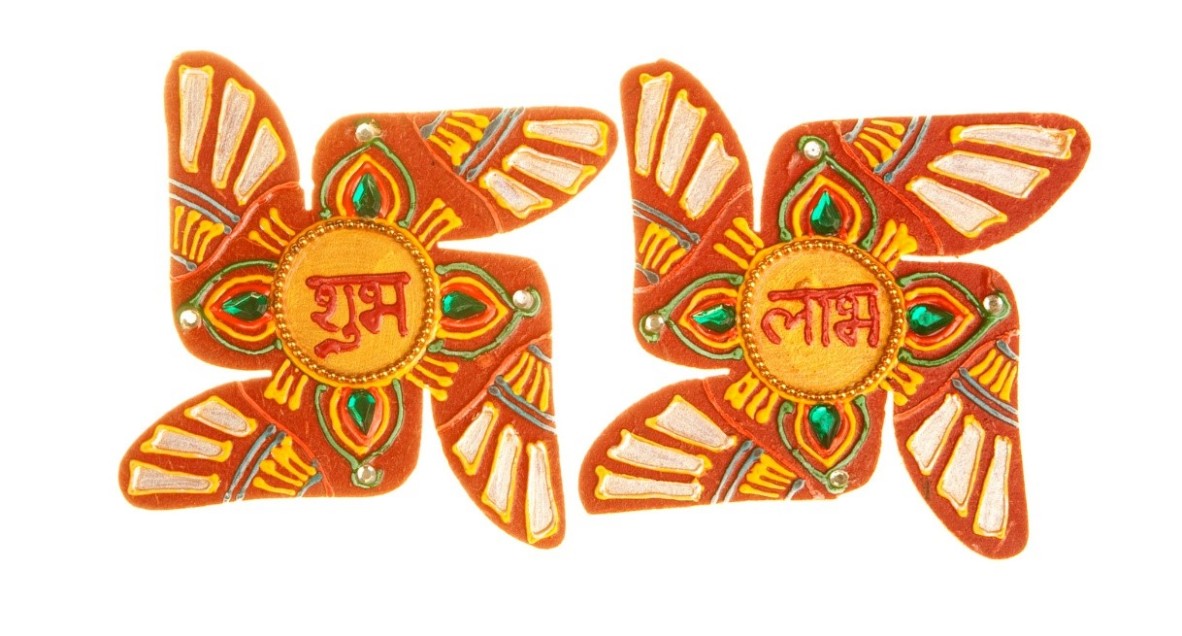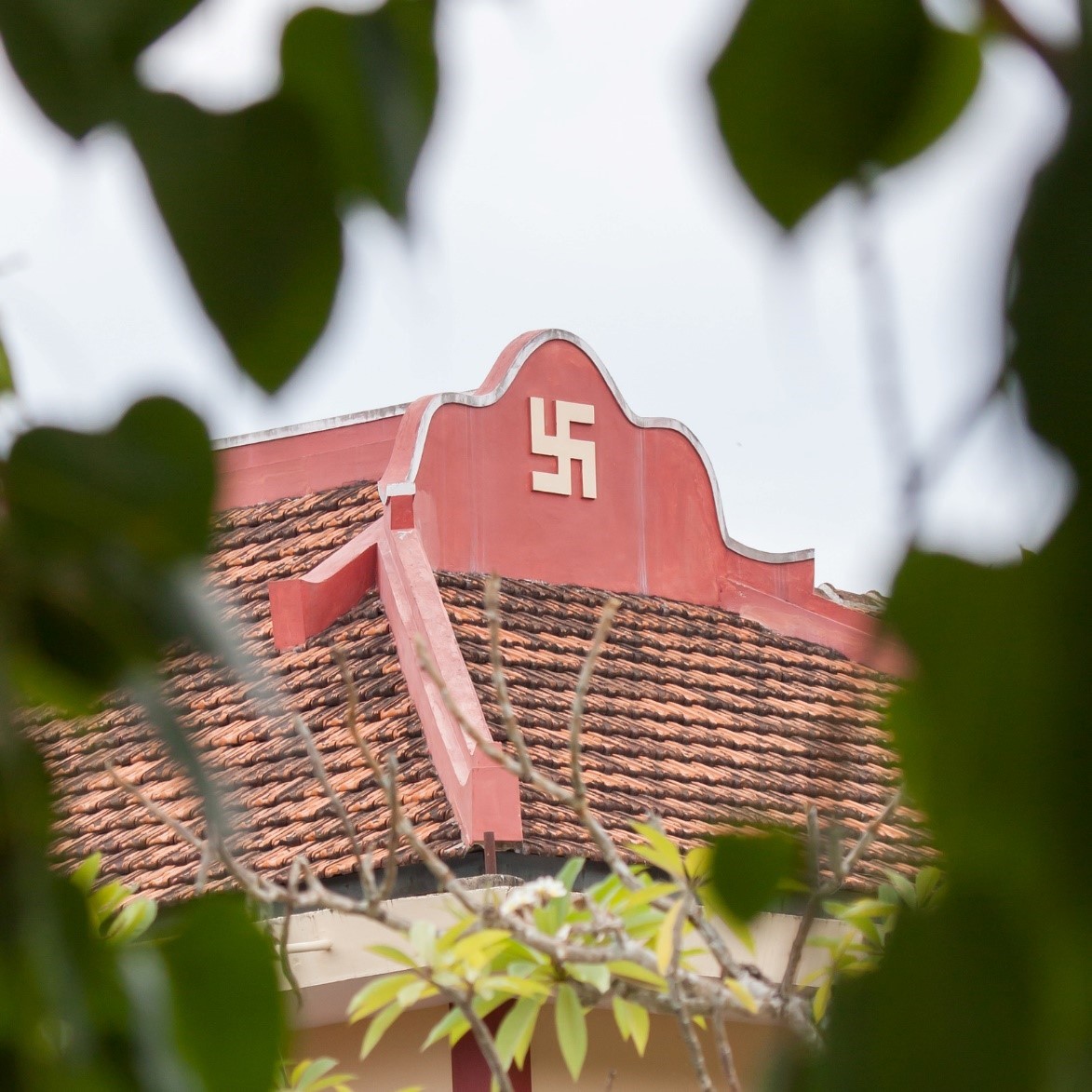Losing my religion: how did a sacred Sanskrit symbol become a hate emblem?
By Guest Blogger, Akashika Mohla, Member, Cohesive Communities Coalition | 20 March 2021
India remains the most invaded territory on earth. From Mughals to the British Raj, it has survived through it all. While the removal of significant proportions of global wealth is well-known (arguably what we know as London exists because of sub-continental riches), the robbery of culture is perhaps less known. It is not simply an issue of cultural appropriation; it is unadulterated large-scale cultural theft.
Perhaps there is no more high-profile example of this than the misuse of an ancient and revered symbol with profound meaning in Hinduism, Buddhism and Jainism - the swastika – now most widely recognised as a symbol of the abhorrent actions and hate fermented by the German Nazi Party in the early 20th century.

Sacred Hindu symbol for auspicious starts to life, work, and religious occasions. Image: Canva Library.
The tragedy of this cultural theft continues to be exacerbated in the 21st century by the more modern flavours of pathetic hate groups. Despite being an ancient symbol tied to several religions and associated with peace and prosperity, according to the Anti-Defamation League (ADL) it is now widely recognised as a hate symbol. It is beyond time that this is stopped.
Many Hindus, Buddhists and Jains alike feel that it is important to educate the four pillars of our society – the media, the people who represent us, the lawmakers, and the broader community – about how the use of the term swastika in this context defiles our religious symbol and creates lasting cultural damage.

Swastika symbol on Temple. Image: Canva Library.
Genocidal murderers have not been the only party to misuse the symbol. The symbol is found on many structures, including the Carlsberg Brewery. Yet the company only ceased using the sacred symbol due to events in the 1940s owing to its theft by fascists, rather than concerns of its potential misuse as a religious symbol for the promotion of alcohol.
Due to almost a century of such violation, many communities feel they are no longer able to practise their religious tradition of displaying this 5000-year-old sacred symbol of peace without being exposed to criticism and censorship.
In February, federal Senator Pauline Hanson called for the swastika symbol to be banned in Australia, without any sensitivity or understanding that the Nazi symbol is not the swastika, and the swastika is not the Nazi symbol. In Victoria – a state that more than 150,000 Hindus call home – the government has set up a parliamentary committee inquiry into banning the swastika symbol, with a view that this is a Nazi symbol, while last year in Adelaide, a delivery man defaced the Hindu symbol at the home of a customer, because he perceived it to be the symbol of Nazism.
In the face of movements and incidents such as these, the Hindu, Buddhist, and Jain communities have been forced to defend the use of their sacred symbol once again, and engage in efforts to counteract the damaging misunderstandings of its origins and meaning.
Educating the broader community about the origins and meaning of the swastika is critical if we are to build an Australia where everyone belongs, and where our communities can practise their culture and religious traditions without fear. Institutions like schools, universities, government departments, media outlets, and libraries can help with this work, by raising awareness of the history of this sacred symbol and using terminology such as ‘Nazi flag’ or ‘Nazi symbol’ instead of the term ‘swastika’ in these contexts.
Here in Queensland, we can all do better to educate ourselves and others on cultural practices and history. It is a tragedy for many of our communities that their ancient and revered sacred religious symbol, which is a part of so many auspicious traditions, is more associated with hatred and malevolence because of its ongoing theft and misuse.

Yak in the Himalayas with swastika holy symbol. Image: Canva Library.
Akashika Mohla is the PR Director of BetterLaws4SaferQld Coalitions Campaign, Queensland Human Rights Commission, Head Of Asian Women Chapter – Media Diversity Australia and Director Strategy & PR, Gandhi Salt March Ltd. Founder (Wired Global Media & Advisory).
Comments
Your email address will not be published.
We welcome relevant, respectful comments.